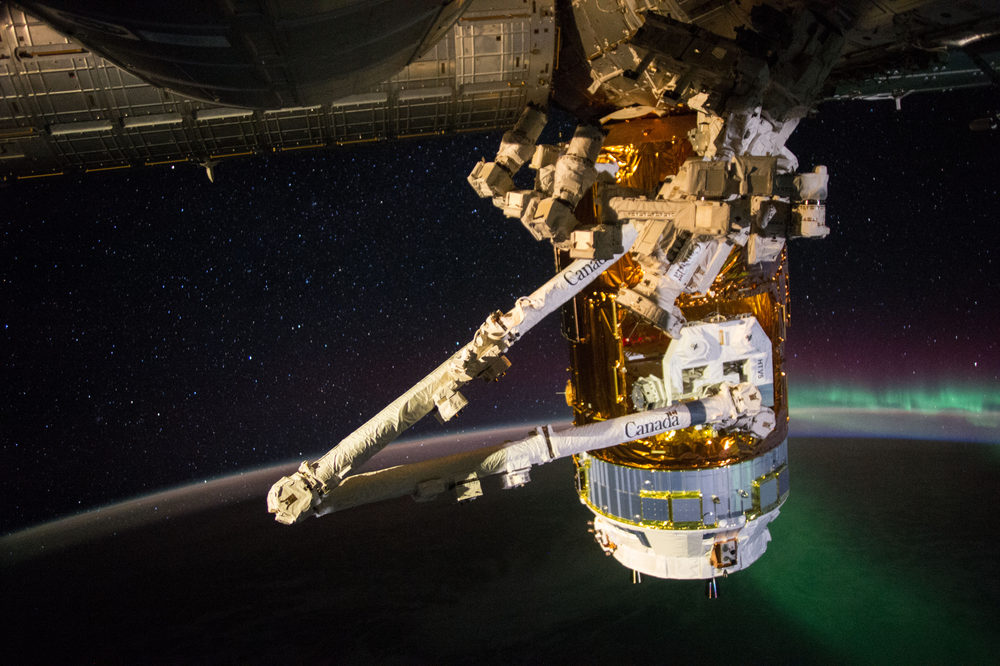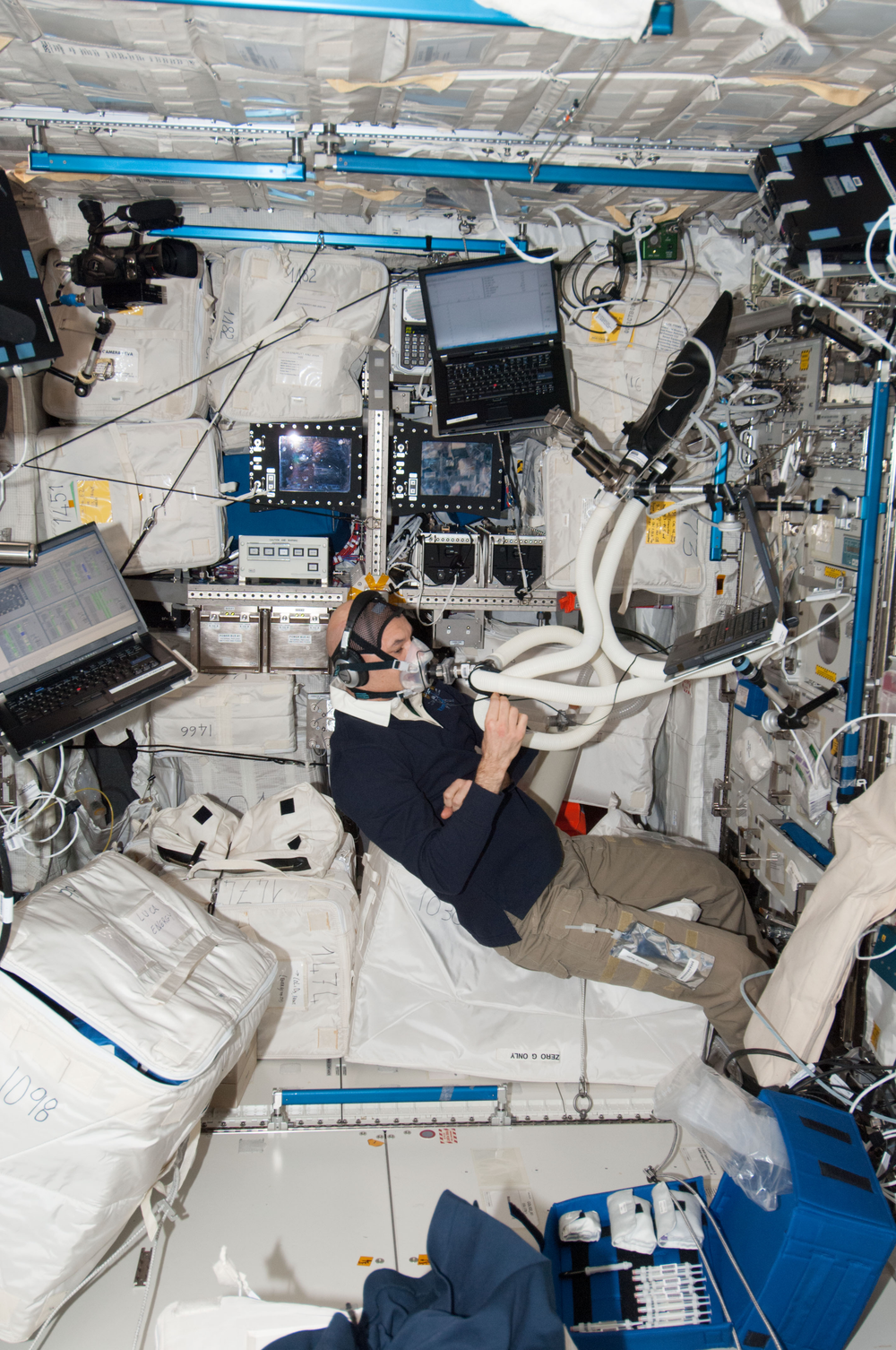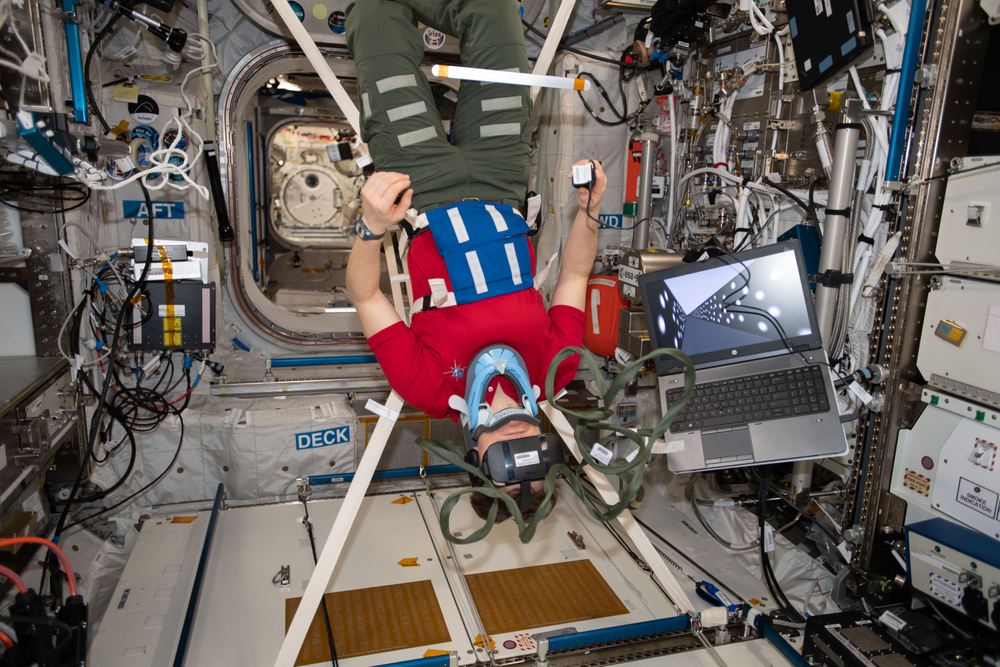Station Science Top News: April 19, 2024
Researchers confirmed that plasma waves in Earth’s protective magnetosphere can drive movement of high energy electrons from Earth’s radiation belt into the atmosphere, a process known as electron precipitation. This process affects atmospheric chemistry and can interfere with space-based communication, navigation, and weather satellites. This finding contributes to our understanding of electron precipitation and could better enable us to respond to its harmful effects.
JAXA's (Japan Aerospace Exploration Agency) CALorimetric Electron Telescope (CALET) measures high-energy cosmic rays. This study combined observations from NASA’s Van Allen Probes and CALET to examine the causes of and changes over time and space in electron precipitation. Space weather within the magnetosphere can affect spacecraft and communications systems, and understanding plasma waves and their effects could help improve space weather models.

***
After three months of spaceflight, astronauts experience increased metabolism of carbohydrates and decreased metabolism of fats, a shift in fuel source that could affect their performance and health. The researchers note that the shift may primarily be due to dietary modifications and is influenced by body composition changes and inflight physical activity. Metabolic changes seen in microgravity resemble those in people with chronic diseases such as type 2 diabetes, so it is important to understand these changes to protect astronaut health on future missions.
Changes in metabolism are among the many physical effects of spaceflight. The effects of these changes are not well-known but may include decreased body mass. ESA’s (European Space Agency) Energy investigation measured energy, nutrient metabolism, and the effects of microgravity on energy expenditure and body composition of astronauts during long-term spaceflight.

***
Preflight and early in flight, astronauts perceive that they have traveled longer distances when lying down than when sitting upright. This perception likely reflects increased use of visual cues both when lying down and in microgravity, since vestibular cues are less reliable in those situations. This finding suggests that design of equipment for future missions should emphasize the use of visual cues.
CSA’s (Canadian Space Agency) Effect of Long Duration Hypogravity on the Perception of Self-Motion (VECTION) investigation examined how microgravity affects the ability to visually interpret motion, orientation, and distance as well as how this ability may adapt during and after spaceflight. Impairments in the ability of astronauts to judge their motion and orientation and to estimate distances can have serious operational consequences. Perceiving self-motion typically involves visual, vestibular, and other cues and relying only on visual cues may bias this perception.








